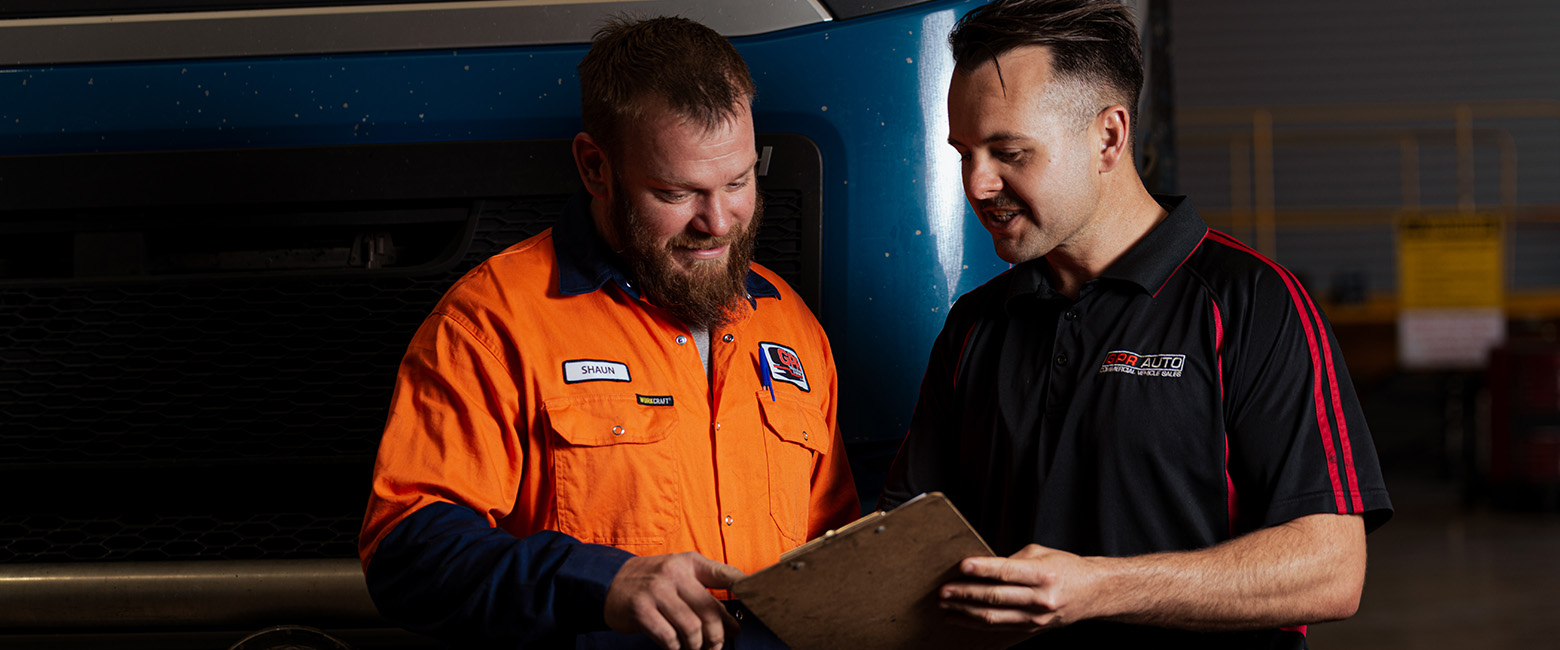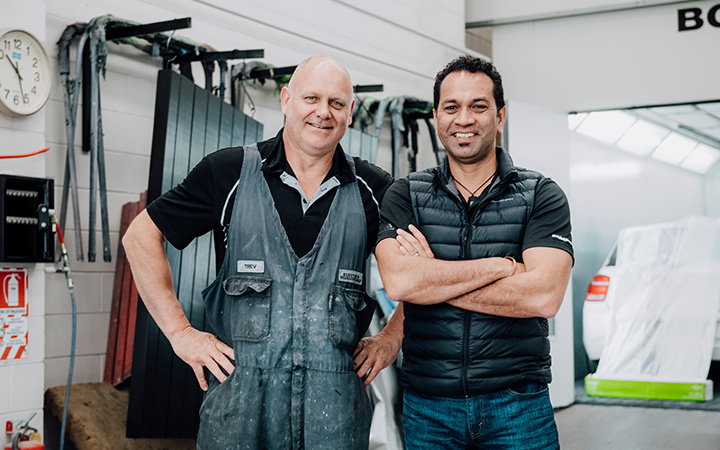According to the definition from peak academic body The Royal Society, unconscious bias is when we “make judgements or decisions on the basis of our prior experience, or our own personal deep-seated thought patterns, assumptions or interpretations, and are not aware we’re doing it”.
The classic example in the automotive industry would be a mechanic assuming a female customer doesn’t know anything about cars and talking to them about their servicing issues differently to the way they speak to men—behaviour which these days is called “mansplaining” in popular culture.
This might be a stereotype, and it might feel unfair, but it’s also the lived experience of many women, and unconscious bias tells us many mechanics won’t realise they’re making their female customers feel unwelcome.
But unconscious bias can take many forms and it influences our behaviour in a variety of ways. We might treat someone who looks like us preferentially (this is called affinity bias). We might go the extra mile for that incredibly beautiful customer. We might hear someone speaking with an accent and use simpler words or talk more slowly. We might make assumptions about someone based on their age or skin colour or their mobility. We might even assume things, positive or negative, about someone who presents as overconfident or well-heeled.
We don’t do this because we’re bad people. We do it because our brains see patterns and naturally take subconscious mental shortcuts. What matters are the effects of our unconscious biases on our customers—because how our customers feel when they drive out of the workshop determines whether they’ll ever come back.
We know from our State of The Nation research that 36% of members say making customers happy is the best thing about their job. Our relationship with our customers is also key to our perceptions of our own success. When we asked Members what success looks like, 49% said customer recommendations and referrals, 41% said earning the trust of customers, and 36% said having lots of repeat customers. So, the impacts of unconscious bias risk undermining not just our own enjoyment of our jobs, but how successful and profitable we are, too—and all without us even knowing we have a problem.
So, how do we get it right?
Perhaps the first thing to do is better understand your own implicit biases. Harvard University has a free online test you can take. It’s a fascinating exercise. Visit: implicit.harvard.edu/implicit/takeatest.html
Once you understand your own biases, you can look at ways to counteract them.
One industry used to tackling unconscious bias is the recruitment sector. Hudson, a Sydney-based recruiter, has developed what it calls the SELF Model:
- Slow down your thinking, decisions and processes (we’re more likely to give in to unconscious biases when we’re busy, anxious or under pressure)
-
Empathise with others (“walk in the other person’s shoes” to see how it feels)
-
Learn about different groups (where you lack information about different kinds of people in our diverse society, seek it out)
- Find evidence against stereotypes (celebrate people who don’t conform to stereotypes).

But what does all this mean in practice in our workshops? What does this mean for the potentially mansplaining mechanic inside us all? We asked Perthbased customer service expert Chris Smoje for his advice on combating unconscious bias. The first rule? Treat every customer as you would a guest in your home.
“Ask yourself, does the person feel like they belong and does the person feel comfortable?” Chris said. "As a customer, when you are made to feel welcome and you feel that you belong, you’re more inclined to be more comfortable, and when you’re comfortable, you are happy to ask questions. When a customer comes in, you don’t want them to feel rushed."
Chris said that greeting every customer warmly and asking open questions to make them feel comfortable and respected. Open questions are those like, “Is there anything more you’d like to discuss?” or, “Is there anything else you’d like me to address?” They stop you making assumptions about what the person knows or wants to know and empowers them to seek the information they want or need.
“Some people are very detail focused and others are big picture focused,” Chris said. "There’s nothing wrong with asking a customer, ‘Did you want more detail or are you happy with the big picture?"
Chris said there’s no one-size-fits-all way to engage with customers and it is important that every customer feels like they’ve been treated like the individual they are.
Unconscious bias is a natural phenomenon. Being aware of it, and taking a few simple steps to mitigate it, could make all the difference not just to your customer’s experience, but to your success and your bottom line.


